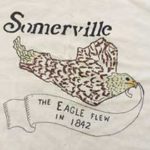 Eagle Feathers #156 – Camouflage
Eagle Feathers #156 – Camouflage
By Bob (Monty) Doherty
He was an eminent American sculptor, draftsman, painter and craftsman. Emilius R. Ciampa was a ten-year old Italian immigrant when he arrived at Boston’s North End in 1906.
It was at St. Anthony’s School that his artistic abilities were originally discovered and nourished. He next registered in the North Bennet Street School. Afterward he attended four art schools including the Copley Art Studio, Butera Art School and the Normal Art School known today as the Massachusetts College of Art. He studied with masters, making bronze statues and reliefs his forte.

Maurice Tobin was Mayor of Boston, Governor of Massachusetts during World War II, and United States Secretary of Labor. The Tobin Bridge that spans the Mystic River from Boston to Chelsea bears his name. Mr. Ciampa created the statue honoring Tobin on the Charles River Esplanade. Through the years his reputation in sculpture and art grew throughout Massachusetts and beyond. He lived to be one week shy of 100 years, while still practicing his art.
Some more of his sterling creations are:
- Boston’s North End statue of Saint Anthony of Padua
- Medford’s World War I memorial, “The Supreme Sacrifice” and the World War II memorial, “Angel of Peace” at the Oak Grove Cemetery.
- Somerville’s memorial plaque of Amelia Earhart at the Mystic River Dam.
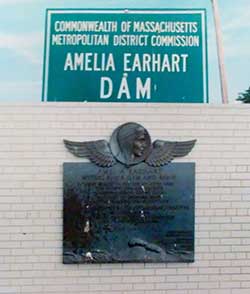
- The Paul Revere Mall plaque in Boston’s North End
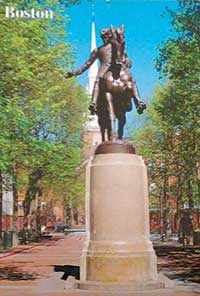
- The Boston University Bridge’s memorial tablet
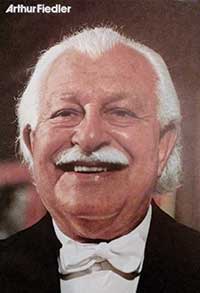
- The plaque on Arthur Fiedler’s Footbridge spanning Boston’s Storrow Drive at the Esplanade
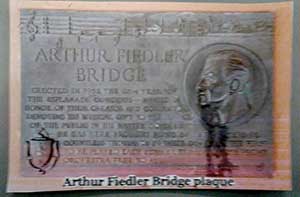
- The replication of Rodin’s “The Thinker” for the television series, The Dobie Gillis Show.
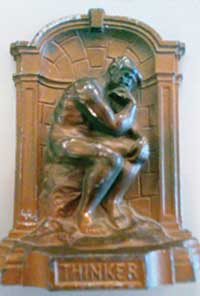
- The Veterans Memorial in the Massachusetts State House.
- Somerville’s original Trum Field World War II Memorial that listed 35 local boys who lost their lives in battle. The last name on the memorial was Marine Sergeant Henry Oliver Hansen who was the flag raiser for both flags on Japan’s Iwo Jima.
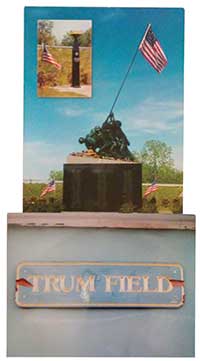
After an early 1916 battle defeat in World War I, the French Army eliminated their dangerous, brightly colored uniforms and organized Europe’s first Camouflage Corps. Two years later, one century ago this year, the American Army followed suit with its own Camouflage group. At that time, American soldier Emilius Ciampa was assigned to this unit because of his artwork experience. What better person could you select to hide important images than an artist who was an expert at creating them?
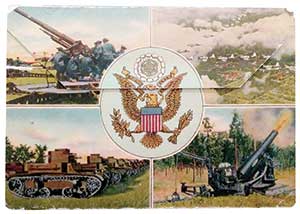















Reader Comments